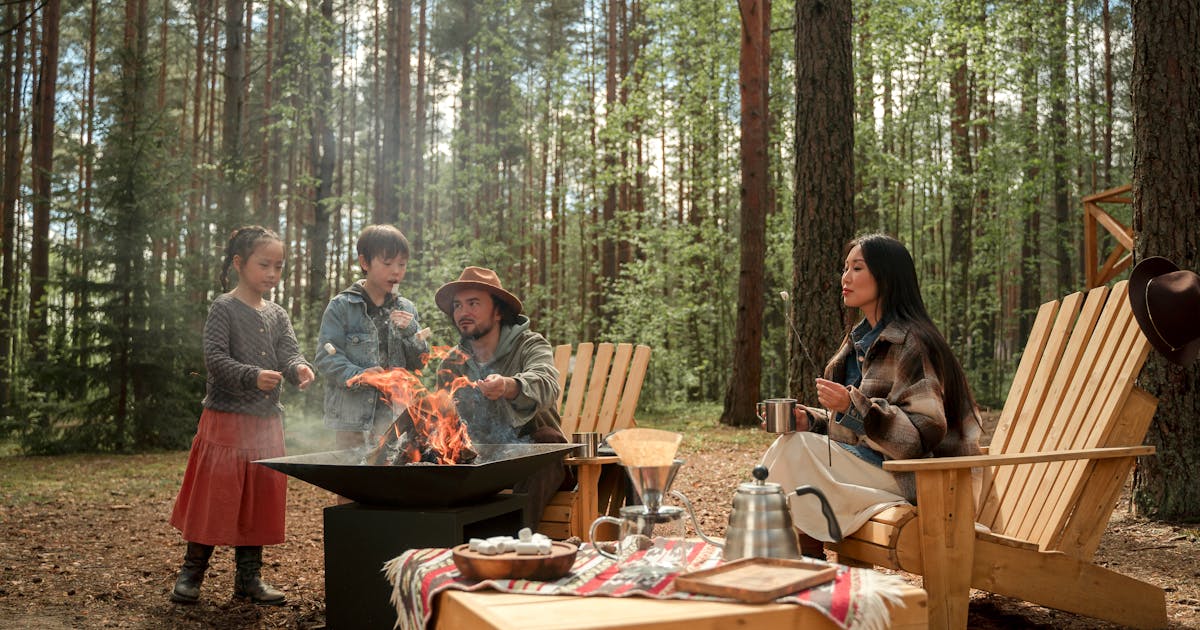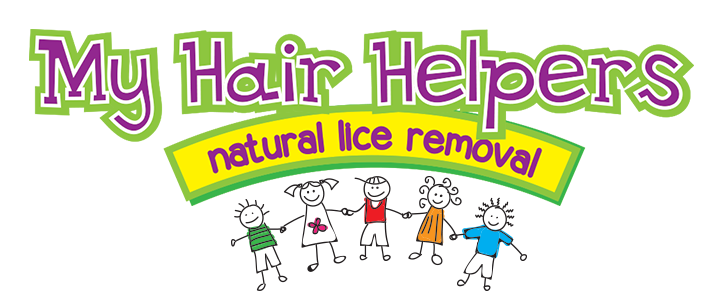Camping offers an incredible opportunity to connect with nature, unwind and make lasting memories with family and friends. However, since camping also brings people close together in tight quarters, people often worry about head lice. Can you get head lice while camping? And if so, what precautions can you take to reduce the risk?
Head lice are equal-opportunity pests that thrive wherever people gather, including campsites. Therefore, you can get head lice when camping. But don’t let this dampen your spirit of adventure. With the right precautions, you can enjoy your outdoor excursions without bringing back these unwanted souvenirs.
How Much of a Risk are Head Lice While Camping?
Head lice are small, wingless insects that feed on human blood and live close to the human scalp. They’re most commonly spread through direct head-to-head contact, but they can also be transmitted through sharing personal items like hats, pillows and hairbrushes.
The reason why camping can increase the risk of transmission is because it involves close quarters, shared sleeping areas and communal living conditions. When kids sleep next to each other or sit close by the bonfire, it opens up opportunities for lice to spread.
Prevention Tips
While camping grounds can bring people closer together, this doesn’t mean that you have to cross your fingers and hope for the best. There are steps you can take to reduce the risk for head lice.
Personal space awareness
Educate your camping group, especially children, about the importance of personal space. Avoiding direct head-to-head contact is the most effective way to prevent the spread of lice. Remember this when taking pictures, hiking, sitting by the fire, playing games and enjoying other activities.
Use your own personal items
Bring and use your own personal items, including hats, hairbrushes and pillows. If you’re traveling with other people, mark items with your name or a distinctive symbol to avoid mix-ups. Fortunately, head lice only survive for a day or two without a host, so getting lice from items is not likely to happen.
Tie up the hair
If you or your children have long hair, keep it tied up in braids, buns or ponytails. This reduces the risk of lice transferring to your hair from infested surfaces or direct contact. You can also use lice prevention products on the hair, such as lice sprays, shampoos and conditions. This is an added layer of protection that will help deter lice.
Perform regular head checks
Before and after your camping trip, do a quick head check to look for signs of lice. Early detection can help prevent an outbreak. And, if you do notice signs of head lice, you can nip it in the bud, before it becomes a bigger problem.
What to Do If You Find Lice
Lice aren’t preventable 100% of the time. Therefore, it’s possible that someone in your family could end up with head lice, despite your best efforts. Over-the-counter treatments may be convenient, but they often contain harsh ingredients and can be ineffective at eliminating lice. Consider other options such as the line of products from My Hair Helpers.
Don’t Let Lice Ruin Your Camping Trip!
While the thought of getting head lice while camping might be unsettling, it shouldn’t deter you from enjoying the great outdoors. By taking simple preventative measures and staying vigilant, you can minimize the risk and keep your focus on the beauty and adventure that camping has to offer. Remember, head lice are a nuisance, but they’re also a manageable part of life that shouldn’t keep you from making beautiful memories in nature.


